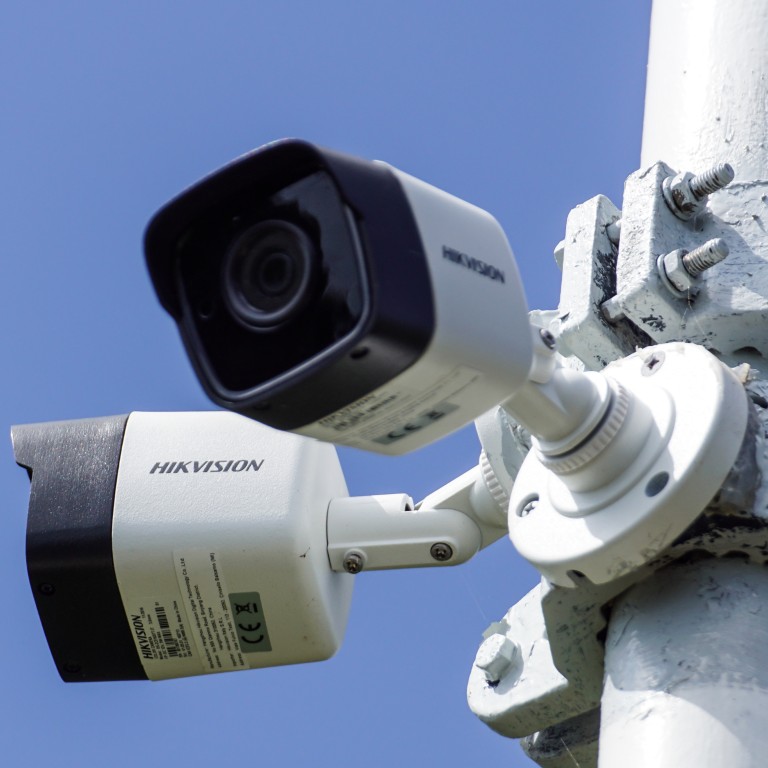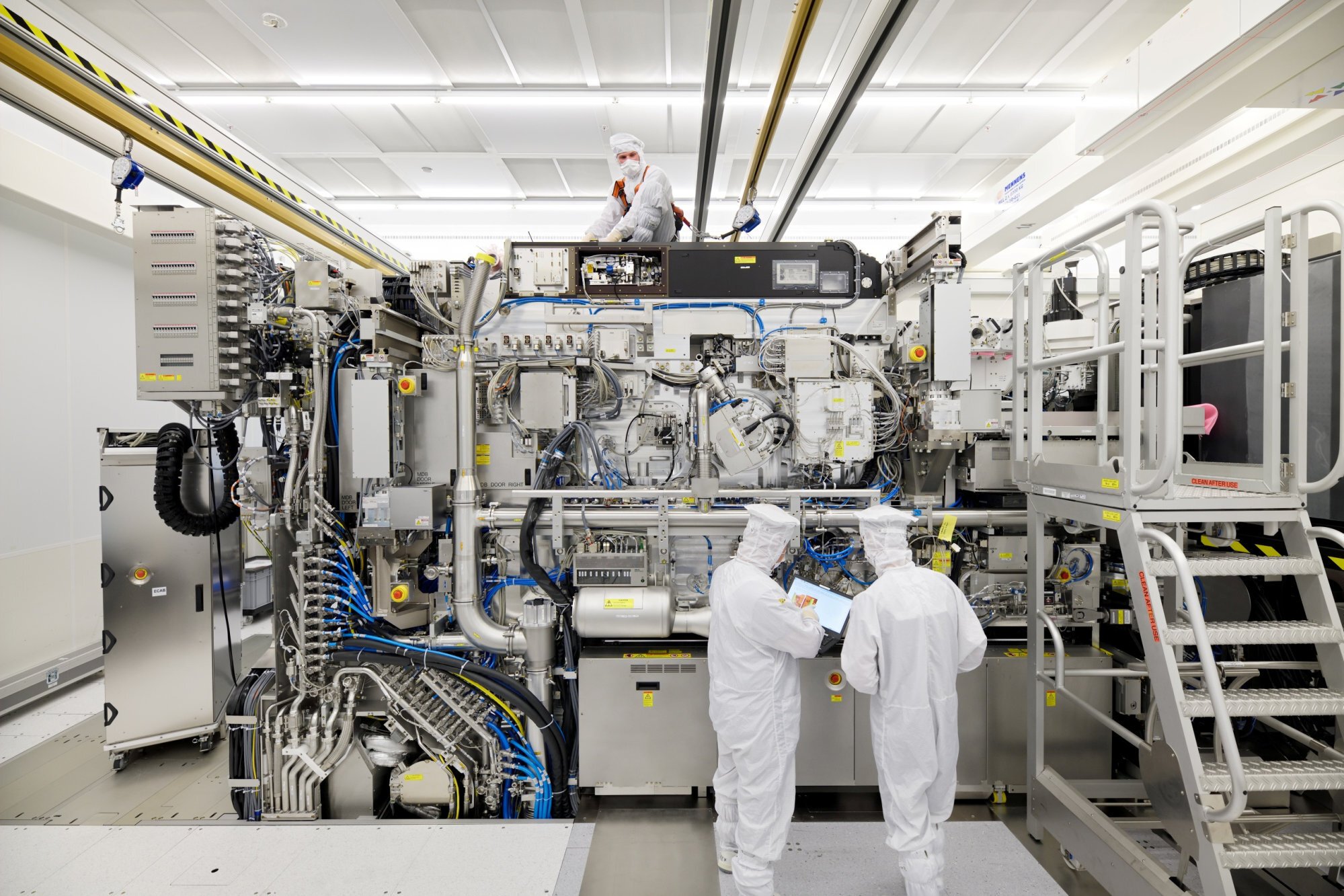
Exclusive | US-China tech war: Chinese surveillance camera maker Hikvision said to acquire second-hand ASML machine for chip production
- Hikvision, which has been under a US trade blacklist since 2019, is said to be acquiring a used, ASML-built AT:850C wafer stepper system for US$5.5 million
- The Chinese state-owned firm, however, has denied it has plans to make such an acquisition
The Chinese state-owned firm, however, has denied it was making such an acquisition, assuring that the cited information from the source is false.
“Hikvision does not have any plans to acquire an ASML machine for chip production,” a company spokesman said in an emailed statement on Thursday.

It was not immediately clear when Hikvision’s chip production line would become operational. Most of the chips applied in surveillance equipment can be made with mature semiconductor process nodes.
Hikvision’s meteoric rise coincides with surveillance boom
US trade restrictions and scarce supply of domestic alternatives to ASML machines have prompted Chinese tech companies to seek second-hand equipment – including still-relevant machines built in the 1980s – from Japan, South Korea, Taiwan, Singapore and the US. There is no domestic substitute for the used AT:850C machine targeted by Hikvision, according to another person familiar with the matter.
It remains difficult to estimate the exact size of Chinese demand for second-hand chip manufacturing equipment because the market is fragmented, with many dealers simply looking to make a quick profit, according to Xie Ruifeng, a senior analyst with Shanghai-based semiconductor research firm ICwise.
China became the largest market for new semiconductor equipment for the first time in 2020, according to data from trade group SEMI. It said annual sales of such equipment in China reached US$18.72 billion last year, up 39 per cent from 2020, to surpass demand in Taiwan, South Korea and Japan.
Hikvision, which controlled about a quarter of the global surveillance equipment market in 2021, produces various types of intelligent cameras and monitoring tools powered by chips known as contact image sensors (CIS). A CIS is often made with the mature 55-nm process, according to Xie of ICwise.
Hikvision, which has more than 42,000 employees around the world, has remained profitable, despite the US trade restrictions. The company reported a net profit of 16.78 billion yuan (US$2.63 billion) last year, up 25.39 per cent from 2020. Total revenue last year reached 81.30 billion yuan, a 28.03 per cent increase from a year earlier.


